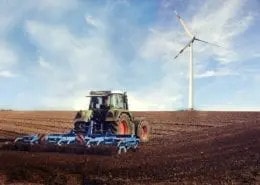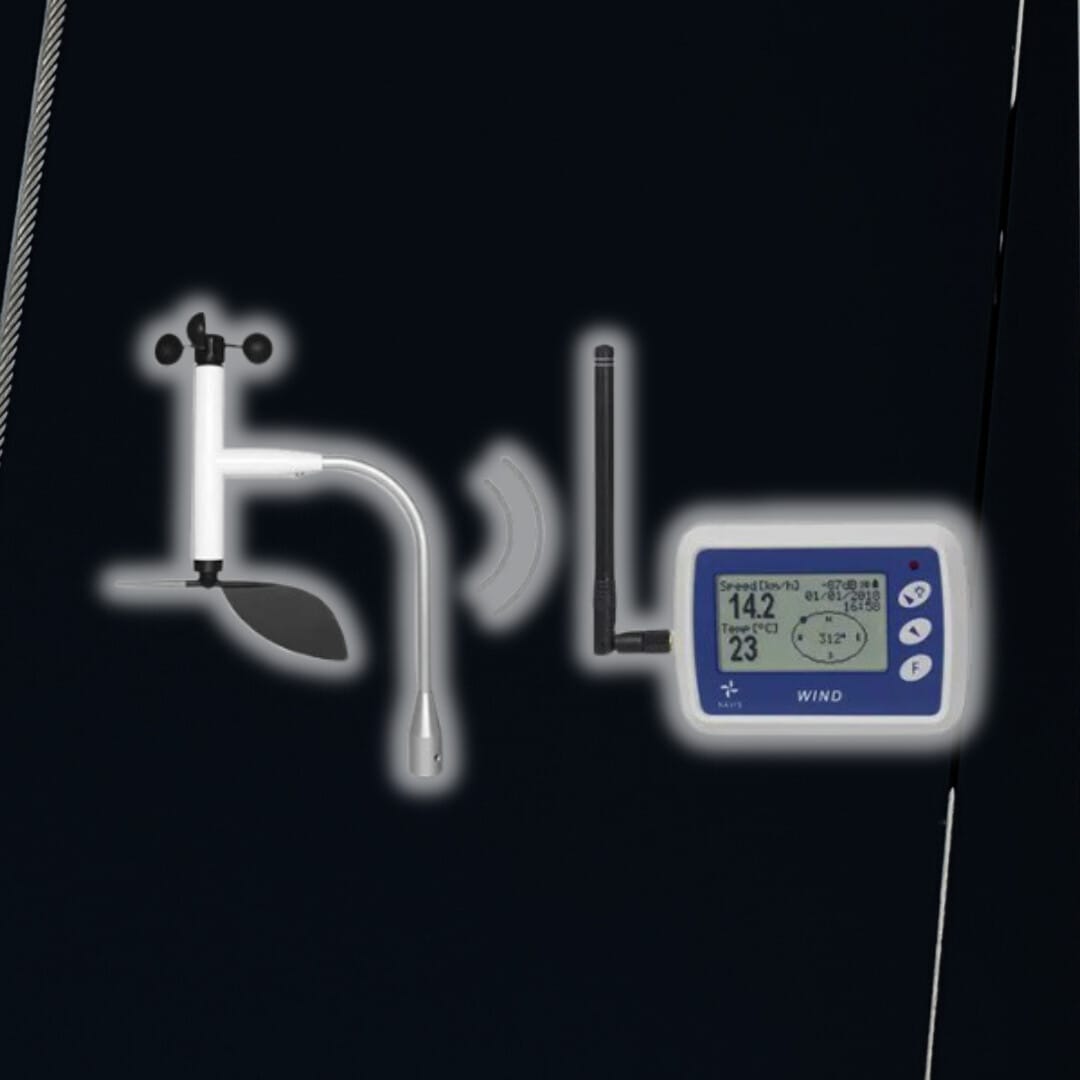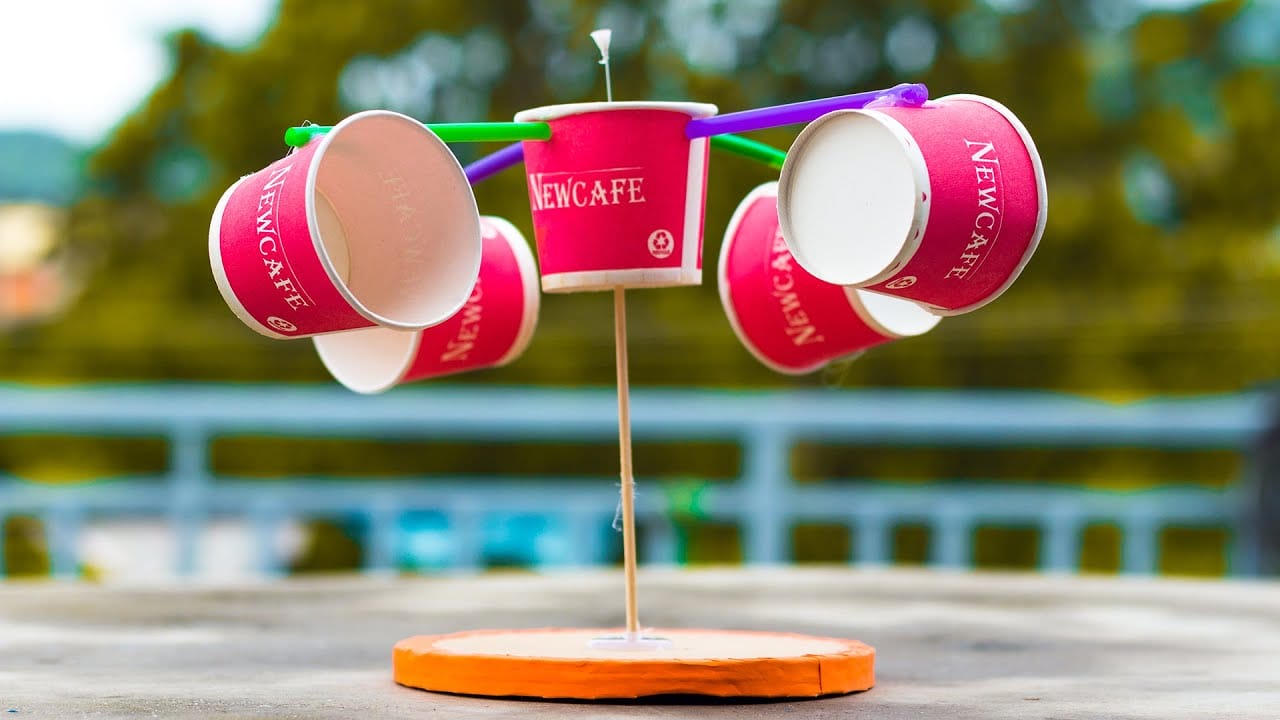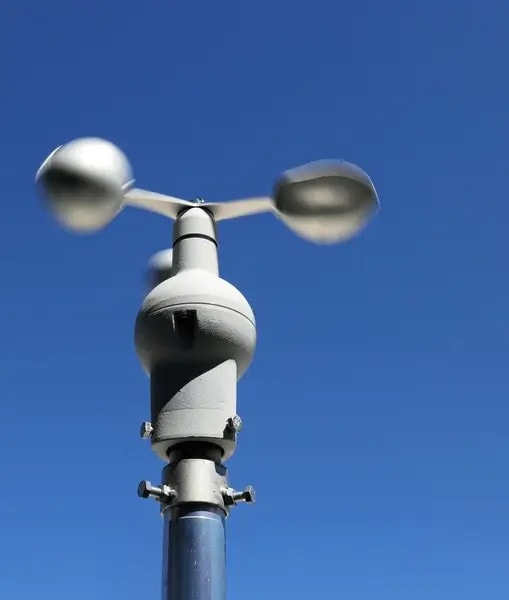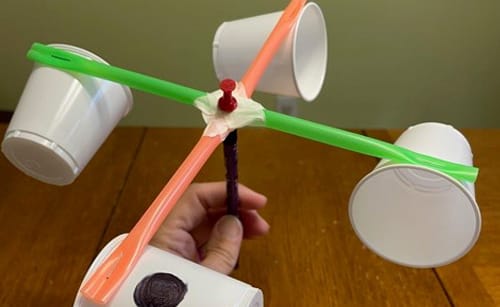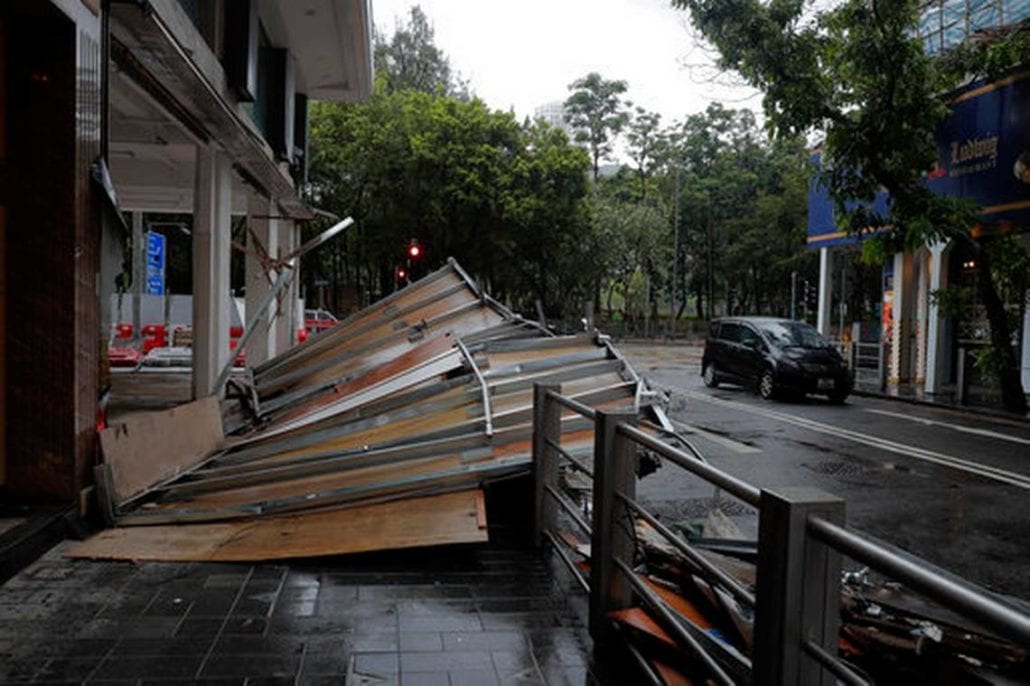Bridging the gap between management and field operations
One of the main challenges in the agricultural industry is bridging management decisions and field operations. Agriculture involves harvesting crops in remote places, and it is only possible to take decisions based on real-time data if a reliable monitoring system is in place. It is important to note, however, that site conditions can be very demanding. Any monitoring system deployed in farmland must be able to withstand dust, rainfall and corrosion. In addition, access to energy is not always guaranteed and data must be transmitted reliably across large distances.
The food industry is subject to some of the most demanding standards and regulations, and meeting them without monitoring is practically impossible. In other words, weather monitoring has evolved from a luxury to a necessity for effective farming. In addition, the demand for food will only continue to increase. The UN estimate that the population will reach 9 billion by 2050, and 4 billion will be affected by water scarcity. The food industry must constantly increase its productivity to keep up with demand, all while reducing its environmental footprint and resource consumption. In other words, agriculture will have to feed more people with fewer inputs.
Conventional monitoring for weather and agriculture
The conventional monitoring approach in agriculture has been to install measurement stations evenly spread throughout farmland, and drive around each day to check their readings. However, this approach is very expensive in terms of man-hours and fuel consumption, especially when the route travelled is a few dozen miles long.
When using the new approach, where all measurement units are equipped with long-range connectivity, readings can be taken through a smartphone app or web dashboard. A centralised monitoring solution also provides a live snapshot of weather and soil conditions across an entire agricultural area, something impossible to obtain through the traditional approach.
Introducing Agri-Tech Logic Remote Climate Station
The Agri-Tech Logic Remote Climate Station is a monitoring solution tailored to the needs of modern agriculture. The system was developed through a joint venture between Logic Energy, the developers of WINDCRANE; and Agri-Tech, a leading provider of IT solutions for the agroindustry. The system has many features that simplify management decisions for farmers and landowners:
- All data is delivered directly to a mobile application, as user-friendly charts and displays that provide actionable insight. Data can be downloaded in both Excel and CSV format.
- The climate station can be equipped with a solar panel and battery, allowing it to generate its own energy and operate even during night-time.
- GPRS/GSM capabilities provide long distance communication in any geographic location.
- Automatic notifications can be configured for conditions such as extreme temperature, heavy rainfall and wind gusts.
- The Agri-Tech Logic Remote Climate Station is a plug-and-play solution that requires minimal initial configuration. If a new unit is added to an existing network, it integrates seamlessly.
- The system integrates with a cloud database, which ensures data will be preserved if the unit is damaged or if connectivity is lost.
Save Time and Fuel with Agri-Tech
One of the main benefits of the Agri-Tech Logic Remote Climate Station is that saves farmers time and fuel. You can forget about tedious and repetitive site visits and focus on productive activities and decisions. The system also provides improved visibility of weather patterns, allowing crop rotation and harvesting to be planned more effectively. Irrigation can also become more efficient when there is a real-time snapshot of weather conditions across the entire farmland. When you can assess the conditions of a site located miles away without there, the savings are immense!
The potential of a smart monitoring system is enhanced when coupled with automation. For example, irrigation can be automated and controlled based on site conditions, with data provided by the monitoring system. The agricultural industry will be forced to increase its water efficiency as supply is diminished. Farming currently consumes 70% of all portable water in the world.



